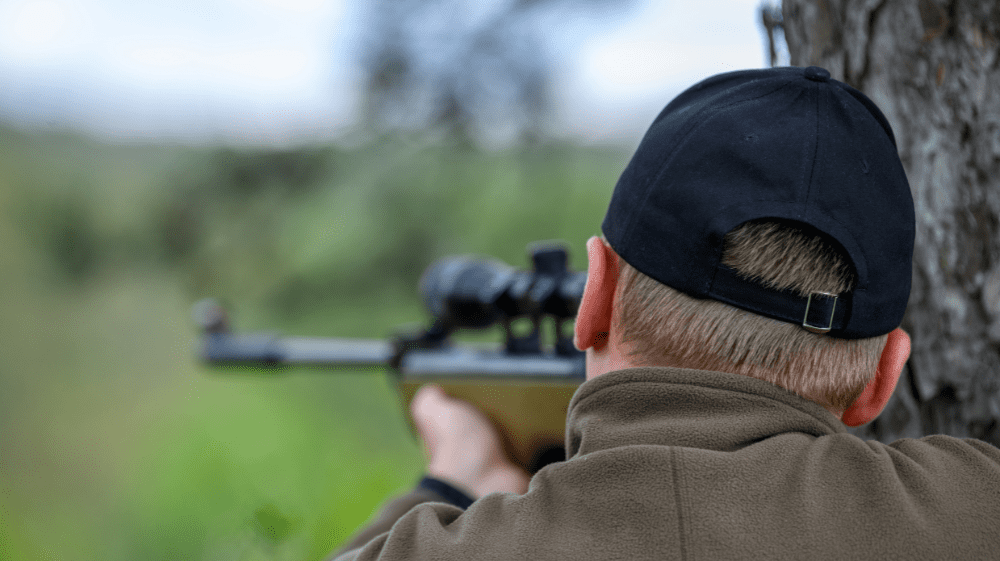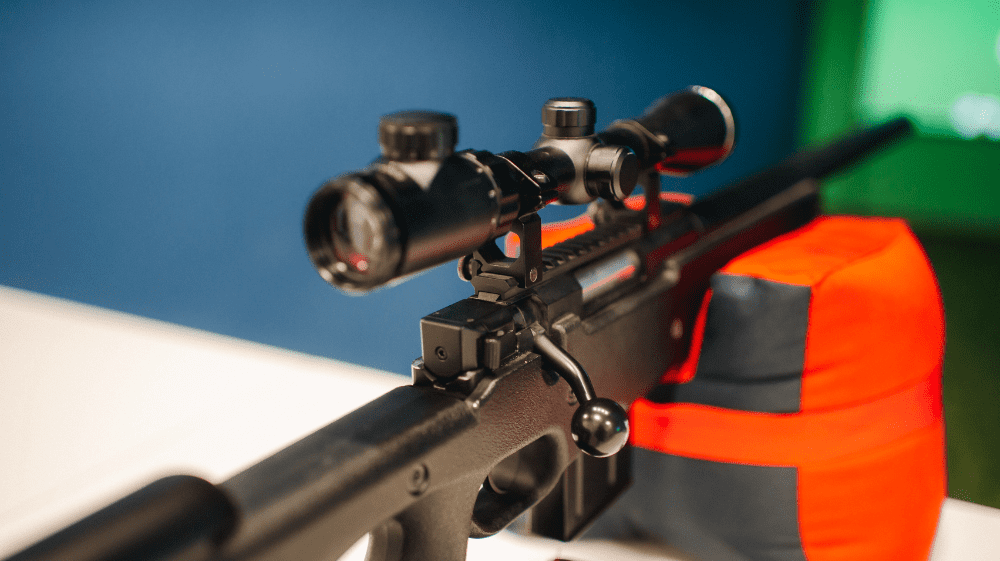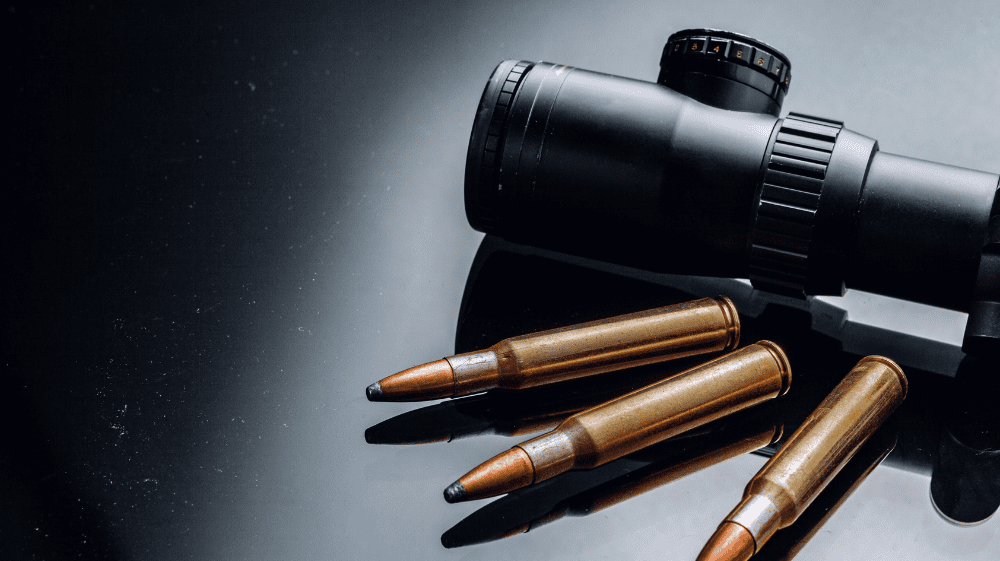The rifle scope serves as the sharpshooter's portal, merging light waves permeating air into perceived images parsed for decision-making. This optical enhancement claims two distinct flavors - First Focal Plane (FFP) and Second Focal Plane (SFP) models. Configuring reticles and lenses in sequence either forward or aft determines magnification behavior. Evaluating technical implications alongside practical use cases helps match the ideal flavor to shooter. This guide contrasts configurations, crafts recommendations, reveals why one size may not fit all.
(Reading Time: 4-6 Minutes.)
Defining Focal Planes
The rifle scope's etched reticle aiming reference floats either ahead or behind the magnification-determining erector lens assembly along the optical path. In FFP varieties, the reticle occupies the forward plane, enlarging along with zoom images. SFP configurations position reticles after magnification lenses, maintaining constant size when ranging magnification intensity.
This positioning principle carries mathematical implications - FFP reticles Self-scale relative to targets across the entire magnification envelope while SFP versions only hold valid at one zoom setting. Understanding technical constraints clears the path identifying ideal pairings.
First Focal Plane Scopes (FFP)

FFP Scope: When the scope's magnification is adjusted, both the target and the reticle appear to change in size.
In FFP scopes, graduated reticle hashmarks expand or contract at the same rate as the target image when tuning magnification power - preserving spatial distances used for ranging, holdovers and wind leads. This proportional synchrony retains kidding yardage and angular measurements binding reticle subtension all the way from 1x up to 20x or greater depending on the instrument's engineered capacity.
Such versatility allows using the entire magnification range for calculated corrections - no need to dial back down after initial magnification adjustment to range targets appearing smaller than thumbnail fringes. Settings stay spatially aligned as power levels toggle up/down.
Second Focal Plane Scopes (SFP)

SFP Scope: When magnification is adjusted in an SFP scope, only the perceived size of the target is altered, while the size of the reticle remains constant.
Alternatively, SFP models counterintuitively anchor the reticle behind the zoom lens - projecting an aiming overlay matching target size only at one magnification, usually peak intensity. This arrangement keeps subtensions visually consistent and prevents reticles from shrinking into useless pinpricks under low power scrutiny. Such occlusion proves frustrating especially given short engagement timelines hunting medium game.
While locked spatial coordinates pose problems for graded ranging and holds, the static visual maintains relative size familiarity trained into reflexes by repetitive run-and-gun shooting rather than meticulously dialing dope charts. SFP models prevail in arenas like 3-gun competitions or dangerous game safaris.
Navigating Focal Plane Functions
While technically intriguing, correctly matching shooter to scope ultimately determines performance. Several core considerations guide pairings:
Magnification Needs
High power SFP models still hold ranging utility by simply dialing back to recalibrated setting between intensive observation periods. FFP prevails when extensive magnification adjustment required without breaking positioning.
Speed Requirements
Quick reaction time prioritizes locked visual sizing over perfectly scaled subtensions, favoring SFP models for snap shooting. Manual manipulation of magnification durante firefights risks losing targets during high-stress transitions.
Accuracy Standards
Long range F-Class competitions and tactical eliminations demand utilizing full Mil or MOA reticle capacity for refined windage and elevation tweaks - only possible with FFP models. Maximize technology for precision engagements.
No definitive focal plane superiority exists covering all shooting sports. Carefully evaluate individual use cases when equipping kit for missions to build integrated systems accentuating skillsets.
Conclusion
While focal plane selection poses technical trade-offs, both classes enhance performance once matched appropriately with the shooter and intended usage scenarios. SFP Scopes prevail for short-range reactive applications while FFP models mathematically scale for calculated long-range engagements. Rather than become distracted arguing merits, truly understand personal requirements through a lens of practical shooting experience.







